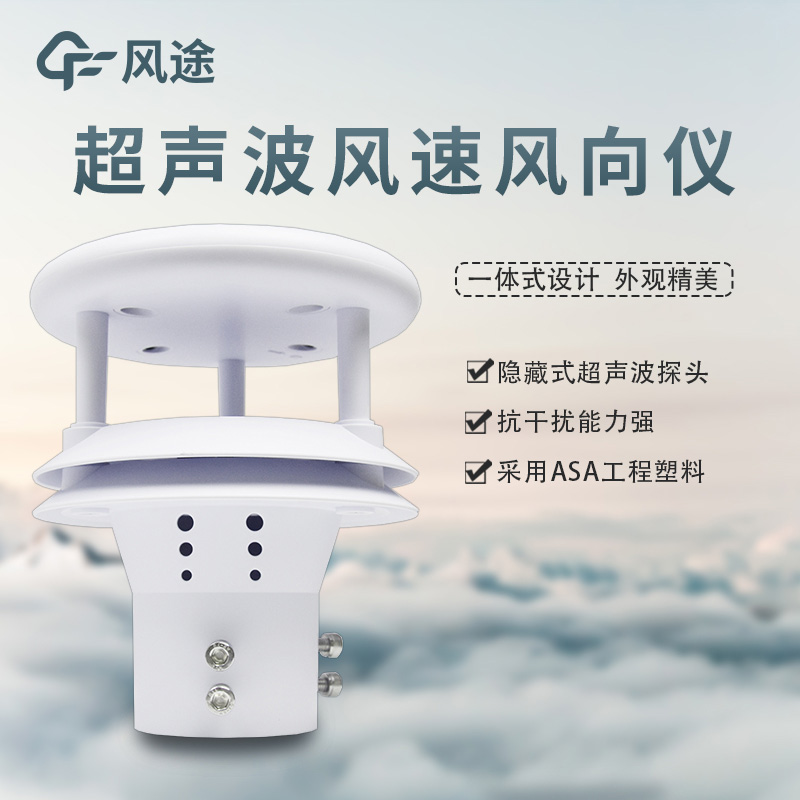Shandong Fengtu IOT Technology Co., Ltd
Sales Manager:Ms. Emily Wang
Cel,Whatsapp,Wechat:+86 15898932201
Email:info@fengtutec.com
Add:No. 155 Optoelectronic Industry Accelerator, Gaoxin District, Weifang, Shandong, China

Sales Manager:Ms. Emily Wang
Cel,Whatsapp,Wechat:+86 15898932201
Email:info@fengtutec.com
Add:No. 155 Optoelectronic Industry Accelerator, Gaoxin District, Weifang, Shandong, China
time:2024-09-02 13:02:34 source:Weather Station viewed:493 time
Traditionally, wind speed and direction measurements have relied on mechanical anemometers, but with the development of ultrasonic technology, people have begun to explore its application in wind speed measurements.The Ultrasonic Anemometer utilizes the properties of ultrasonic waves propagating through the air, demonstrating a faster response time and higher measurement accuracy. Therefore, the Ultrasonic Anemometer has been widely used as a wind measurement tool in meteorological monitoring and related fields.
The method determines the wind speed based on the change of ultrasonic propagation speed in the air: the speed of sound increases in a tailwind, slows down in a headwind, and is the same in the absence of wind. The instrument is usually equipped with four ultrasonic probes that both transmit and receive sound waves and work in pairs to measure relative wind speed. By analyzing the data from both sets of probes together, the wind speed and direction can be accurately determined.
The main difference between ultrasonic wind measurement and traditional mechanical wind measurement is the measurement principle and structural design:
Mechanical wind sensors rely on the physical rotation of a wind cup or vane to sense wind speed and direction, which is then converted into an electrical signal for measurement.
The Ultrasonic Anemometer, on the other hand, uses the ultrasonic time difference method to determine wind speed and direction by measuring the difference in the time it takes for ultrasonic waves to propagate through the air upwind and against the wind. With no mechanical parts, the Ultrasonic Anemometer avoids mechanical wear and tear and the effects of inertia, thus reducing maintenance requirements and improving measurement accuracy and response time.

Fengtu is a meteorological station manufacturer located in Shandong. It has also launched its own independently developed air quality sensor. There are mainly the following types:Multi-element meteorological sensorThe ft-wqx5 five-element micro meteorological instrument can accurately monitor wind s...
Rainwater online monitoring system can effectively monitor the rainfall situation in real time, and also has data storage and analysis functions, which plays a very important role in rainfall warning and flood prediction. Windway Technology is a manufacturer of rainwater online monitoring system, pr...
Soil moisture monitoring station is automated equipment that can monitor the soil condition 24 hours a day. Meanwhile, it has various functions, such as data acquisition, data storage and data transmission. Through these functions, users can obtain soil moisture information in time and take correspo...
Irrigation channel flow monitoring realizes continuous dynamic monitoring of water flow in irrigation channels through the deployment of various measuring equipment and data collection technologies. Based on flow monitoring data, precise irrigation plans can be formulated by combining indicators suc...